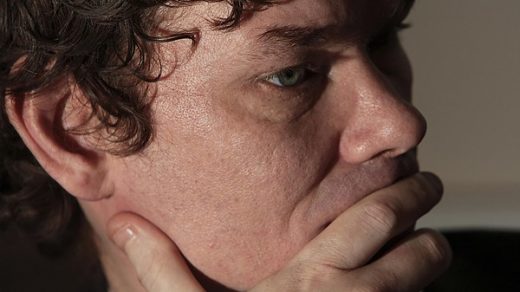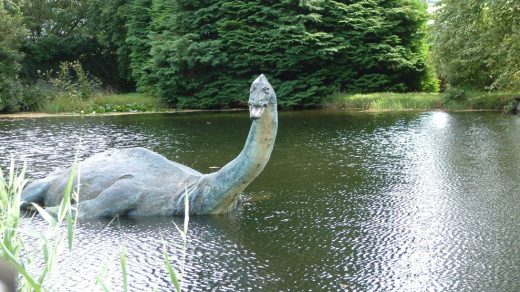Edinburgh has a fascinating history dating back thousands of years, with evidence of a settlement in the Cramond area from around 8500 BC.
The city’s name comes from ‘Eidyn’, the name for the region in Cumbric – the Brittonic language spoken in the Northern England and Lowland Scotland in the Middle Ages.
At this time a stronghold on Castle Roc k was called Din Eidyn, literally meaning ‘the hillfort of Eidyn’. As the Scots language evolved, the Din was replaced by ‘burh’, creating Edinburgh.
And there are plenty more clues to the Capital’s complex past in the names of the areas that make up the city, all of which come from a multitude of languages, backgrounds and people.
Here are 12 of them.
9. Murrayfield

Murrayfield, including the stadium that is the home of Scottish rugby, gets its name from Archibald Murray. The Edinburgh lawyer bought the land from Nisbet of Dean in 1733, when the area was known as Nisbet’s Park, and two years later started building his family home which would become known as Murrayfield House. At that point much of the land was rural, but when residential developments arrived in the 19th century the name stuck.
10. Oxgangs

Oxgangs gets its name from an old Celtic unit of land measurement formerly used in eastern Scotland. There were eight oxgangs in a ploughgate, and four ploughgates in a dabhach.



